10 Best Herbal Decoctions For Flu

Herbal decoctions have long been used as a natural remedy for flu symptoms, combining various medicinal plants to support the body's immune response.
Common ingredients include echinacea, ginger, elderberry, and licorice root, each known for their antiviral, anti-inflammatory, and immune-boosting properties. To prepare a decoction, herbs are typically simmered in water for an extended period to extract their active compounds, resulting in a concentrated herbal tea. These decoctions can help alleviate symptoms such as fever, congestion, and fatigue while promoting overall wellness during illness.
However, it is important to consult with a healthcare professional before using herbal remedies, especially for individuals with preexisting conditions or those taking medications.
FREE Herb Drying Checklist
How to make sure every batch retains maximum flavor, color, and aroma without the risk of mold or over-drying. Eliminate guesswork and trial-and-error, making herb drying faster, easier, and more efficient every time.
Table of Contents
1. Echinacea purpurea
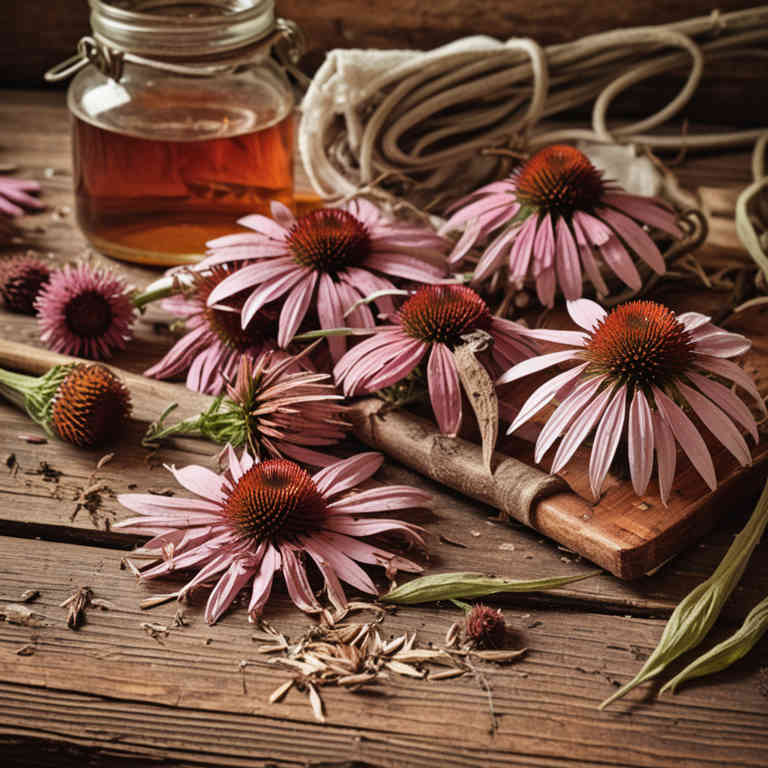
Echinacea purpurea, commonly known as purple coneflower, is a popular herbal remedy often used to support immune function and reduce the severity of flu symptoms.
Herbal decoctions of echinacea are prepared by boiling the dried root or herb in water to extract its active compounds, which include alkamides, caffeic acid derivatives, and polysaccharides. These compounds are believed to enhance the body's immune response by stimulating the production of white blood cells and reducing inflammation. Studies suggest that echinacea may help shorten the duration of colds and flu when taken at the onset of symptoms.
However, its effectiveness can vary, and it is advisable to consult a healthcare professional before using echinacea, especially for individuals with allergies or those taking other medications.
2. Zingiber officinale
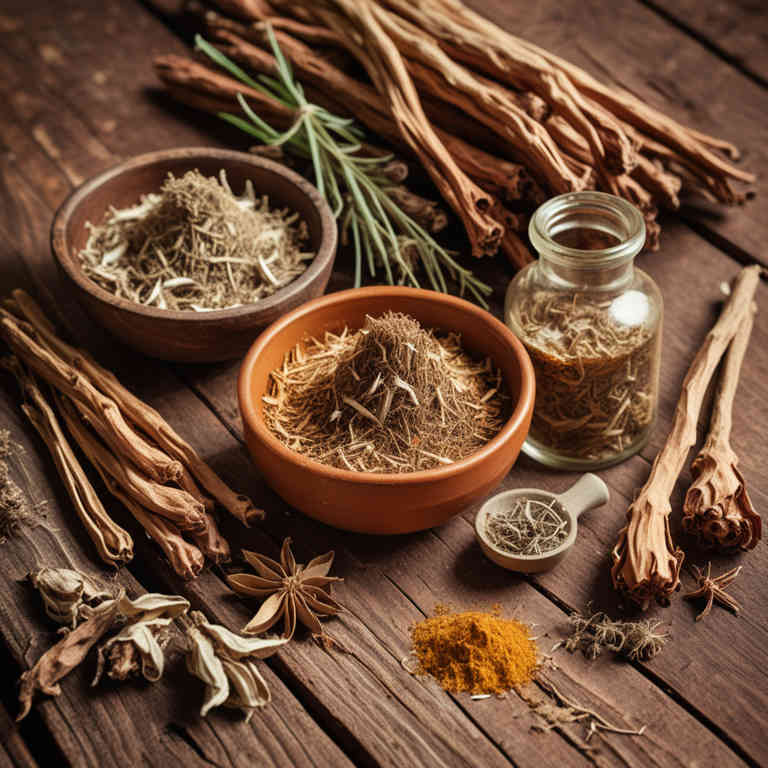
Zingiber officinale, commonly known as ginger, has been traditionally used in herbal medicine for its potential therapeutic effects against the flu.
Ginger contains bioactive compounds such as gingerol and shogaol, which possess anti-inflammatory and antioxidant properties that may help reduce flu symptoms. Herbal decoctions made from fresh or dried ginger root are often prepared by simmering the root in water to extract its active components. These decoctions can help alleviate symptoms like nausea, sore throat, and congestion associated with the flu.
While ginger is generally safe, it is advisable to consult a healthcare professional before using it as a treatment, especially for individuals with certain medical conditions or those taking medications.
3. Thymus vulgaris
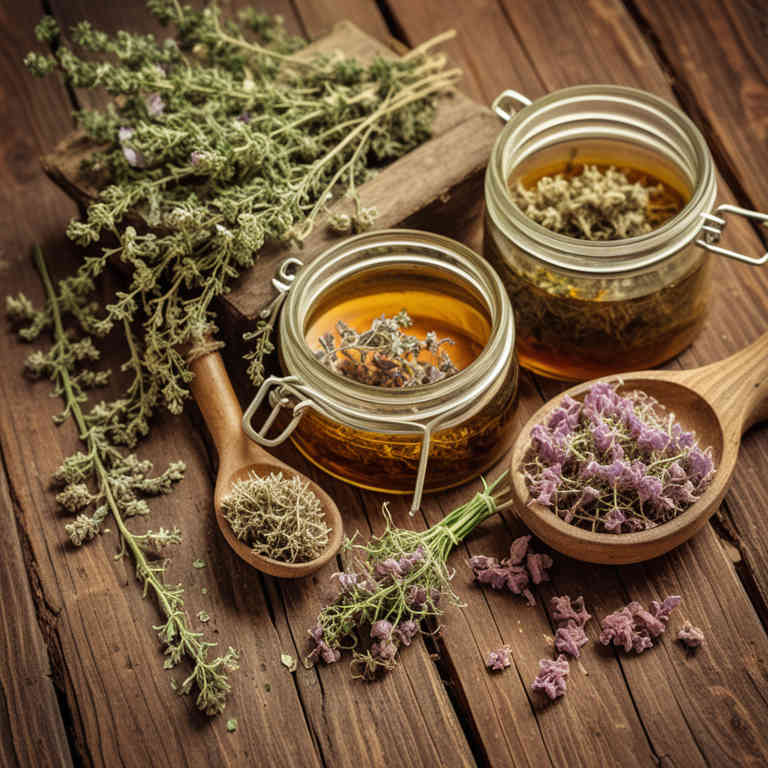
Thymus vulgaris, commonly known as thyme, has been traditionally used in herbal medicine for its potent antiviral and antimicrobial properties.
Herbal decoctions made from thyme are often prepared by simmering the dried leaves and flowers in water, allowing the active compounds such as thymol and carvacrol to infuse into the liquid. These compounds are believed to help reduce the severity and duration of flu symptoms by supporting the immune system and combating viral infections. Thyme decoctions are typically consumed as a warm tea to soothe the respiratory tract and alleviate coughing.
While generally safe, it is advisable to consult a healthcare professional before using thyme decoctions, especially for individuals with allergies or those taking other medications.
4. Cinnamomum verum

Cinnamomum verum, commonly known as true cinnamon, has been traditionally used in herbal medicine for its warming and antiviral properties.
When prepared as a decoction, it involves simmering the bark in water to extract its essential oils and active compounds, such as cinnamaldehyde and eugenol. This herbal remedy is believed to help alleviate flu symptoms by reducing fever, easing congestion, and boosting the immune system. The aromatic qualities of the decoction may also provide a soothing effect, promoting relaxation and aiding in restful sleep during illness.
While it is often used as a complementary therapy, it should not replace conventional medical treatment for severe flu cases.
5. Camellia sinensis
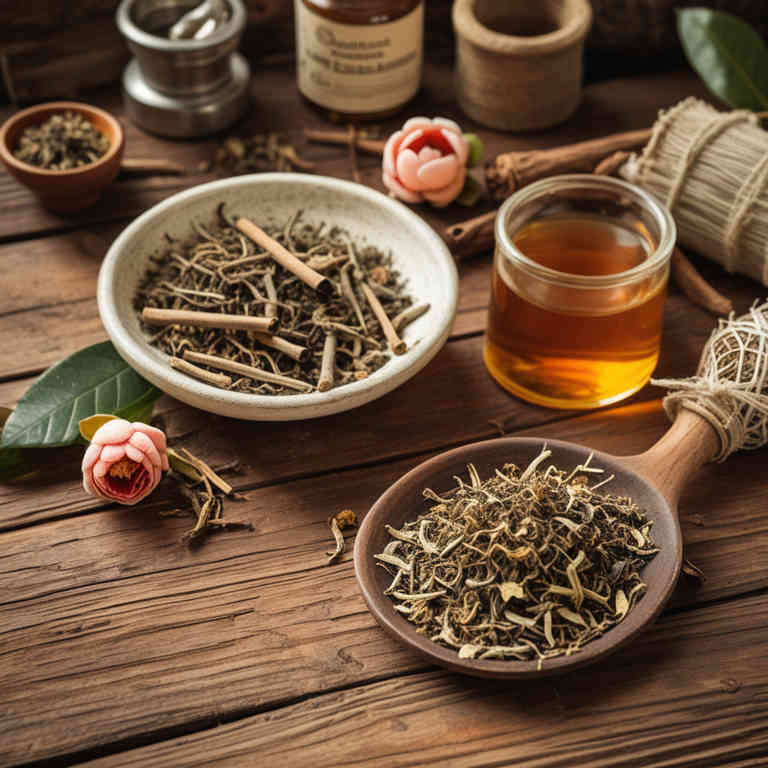
Camellia sinensis, commonly known as the plant from which green and black teas are derived, has been traditionally used in herbal medicine for its potential health benefits.
Herbal decoctions made from Camellia sinensis are believed to support the immune system and may help alleviate symptoms of the flu due to their high antioxidant and anti-inflammatory properties. These decoctions often contain compounds like catechins and caffeine, which may help reduce fever and combat viral infections. While they are not a cure for the flu, some studies suggest that regular consumption of Camellia sinensis-based herbal decoctions may shorten the duration of symptoms and enhance overall recovery.
As with any herbal remedy, it is advisable to consult a healthcare professional before using Camellia sinensis decoctions, especially for individuals with pre-existing health conditions or those taking medications.
6. Urtica dioica
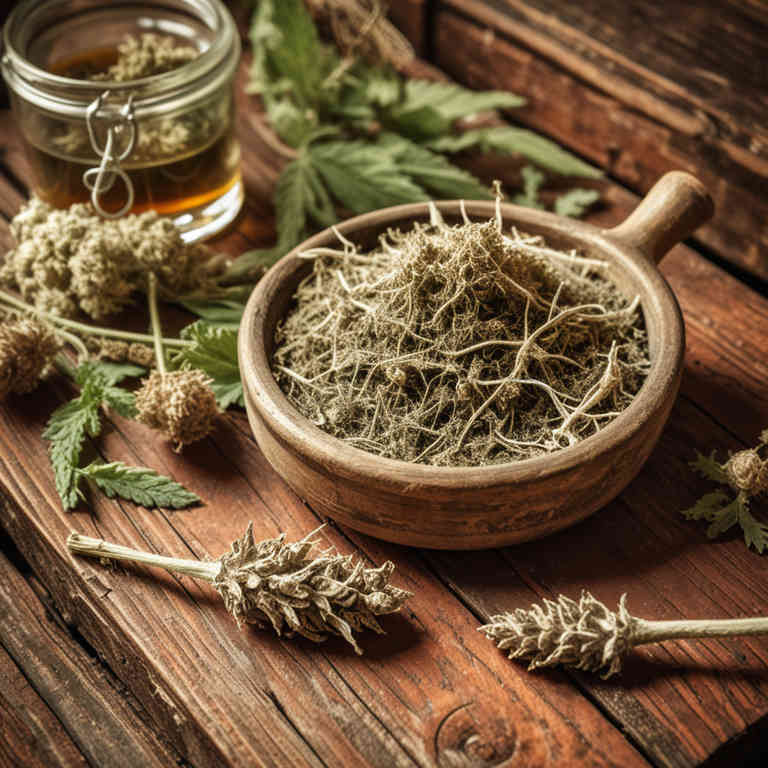
Urtica dioica, commonly known as stinging nettle, has been traditionally used in herbal medicine for its potential health benefits, including supportive effects during flu symptoms.
A decoction of stinging nettle involves simmering the dried leaves and stems in water to extract its active compounds, such as flavonoids, minerals, and antioxidants. This preparation may help reduce fever, alleviate congestion, and boost the immune system due to its anti-inflammatory and antiviral properties. While it is not a substitute for conventional flu treatments, some studies suggest that nettle decoctions can support the body's natural defenses against viral infections.
As with any herbal remedy, it is advisable to consult a healthcare professional before use, especially for those with allergies or chronic conditions.
7. Sambucus nigra
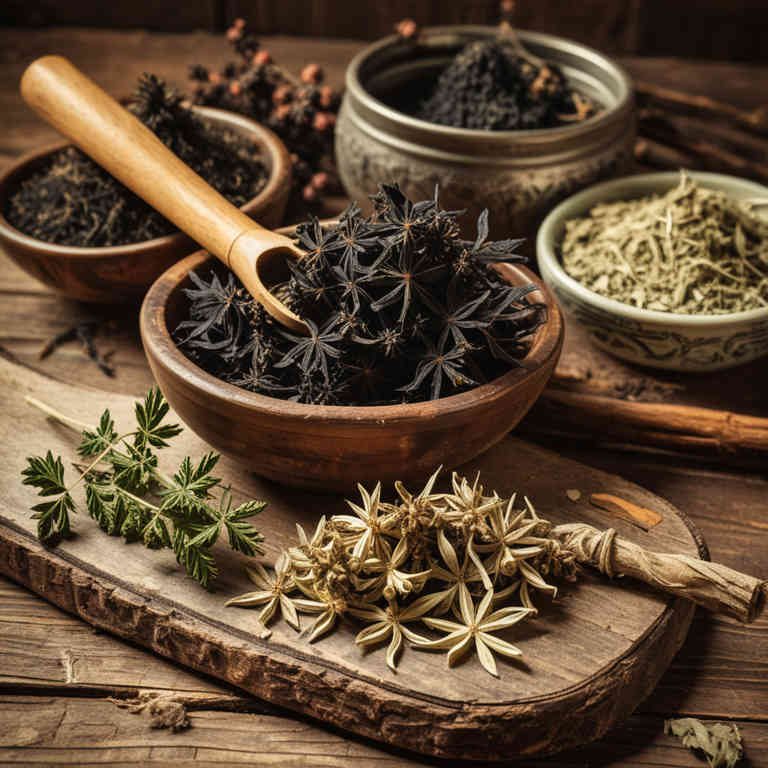
Sambucus nigra, commonly known as European elderberry, has been traditionally used in herbal medicine for its potential antiviral properties, particularly in the treatment of the flu.
Herbal decoctions made from the ripe berries of Sambucus nigra are often prepared by simmering the berries in water to extract their active compounds, such as anthocyanins and flavonoids, which are believed to support immune function. These decoctions are typically consumed as a tea or added to syrups to alleviate flu symptoms like sore throat, congestion, and fever. Studies suggest that elderberry may help reduce the duration and severity of flu symptoms by inhibiting viral replication and boosting the body's immune response.
However, it is important to use Sambucus nigra cautiously, as raw berries and other parts of the plant can be toxic, and it should not replace professional medical advice for severe flu cases.
8. Rosmarinus officinalis
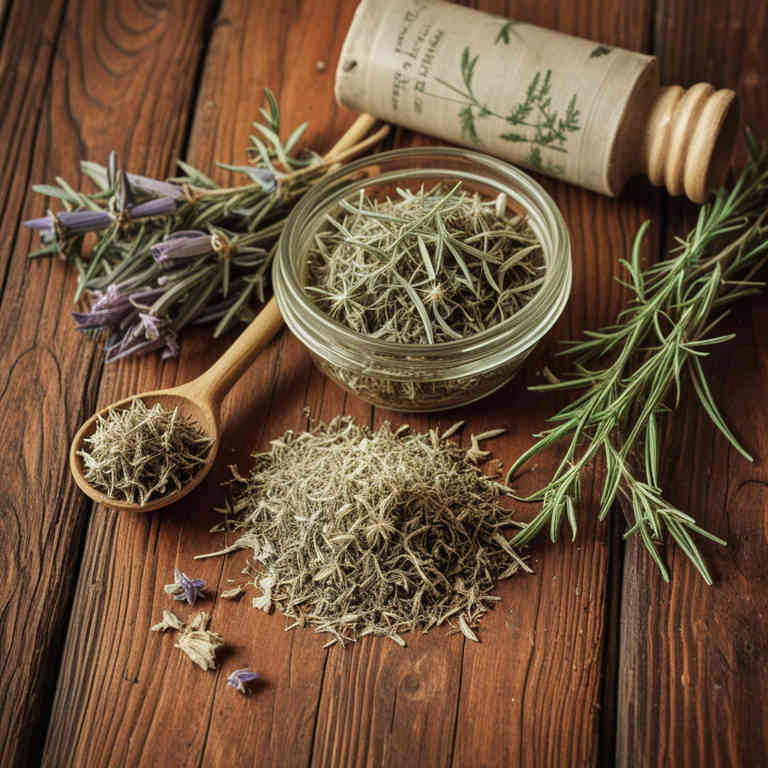
Rosmarinus officinalis, commonly known as rosemary, has been traditionally used in herbal decoctions to support the body during flu symptoms.
The essential oils and active compounds in rosemary, such as rosmarinic acid and cineole, are believed to have antimicrobial and anti-inflammatory properties that may help alleviate respiratory congestion and reduce fever. To prepare a decoction, fresh or dried rosemary leaves are simmered in water for several minutes, creating a soothing tea that can be consumed several times a day. This herbal remedy is often combined with other flu-supporting herbs like echinacea or elderberry for enhanced immune support.
While rosemary decoctions can provide symptomatic relief, they should not replace medical treatment for severe flu cases.
9. Mentha piperita
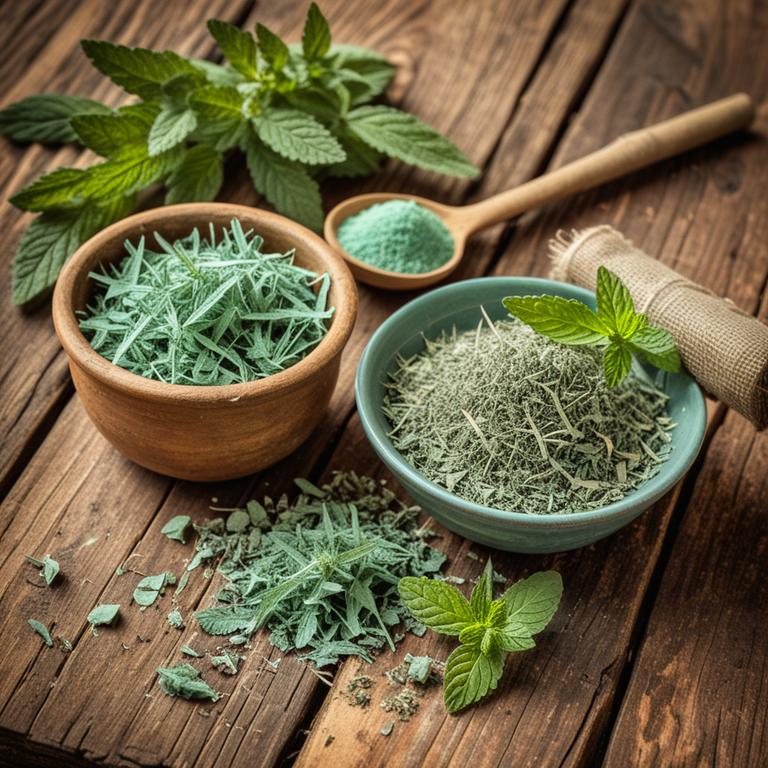
Mentha piperita, commonly known as peppermint, has been traditionally used in herbal medicine for its soothing and antiviral properties.
Peppermint herbal decoctions, made by boiling the leaves in water, are often used to alleviate symptoms of the flu such as congestion, coughing, and sore throat. The active compounds in peppermint, such as menthol and limonene, help to reduce inflammation and ease respiratory discomfort. These decoctions can also promote sweating, which may help reduce fever associated with the flu.
While peppermint is generally safe for most people, it is important to consult a healthcare provider before use, especially for those with certain medical conditions or taking medications.
10. Vitex agnus-castus

Vitex agnus-castus, commonly known as chasteberry, has been traditionally used in herbal medicine for its potential therapeutic effects.
While it is more widely recognized for its role in hormonal balance and menstrual regulation, some studies suggest it may possess antiviral properties that could support the immune system. Herbal decoctions made from vitex agnus-castus are often prepared by simmering the dried fruits in water, creating a concentrated herbal tea. However, it is important to note that there is limited scientific evidence directly linking vitex to the treatment of the flu.
As with any herbal remedy, it is advisable to consult a healthcare professional before using vitex agnus-castus, especially for individuals with pre-existing health conditions or those taking other medications.